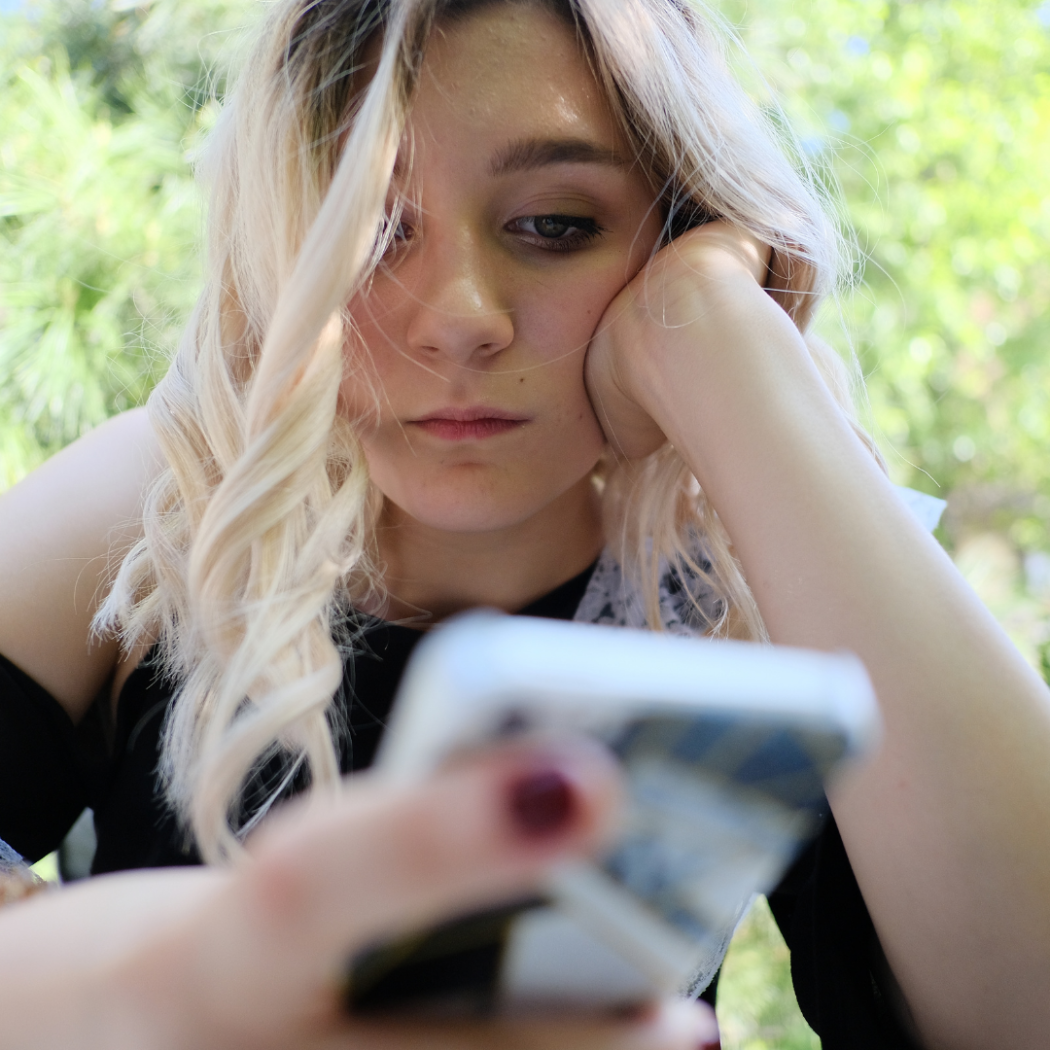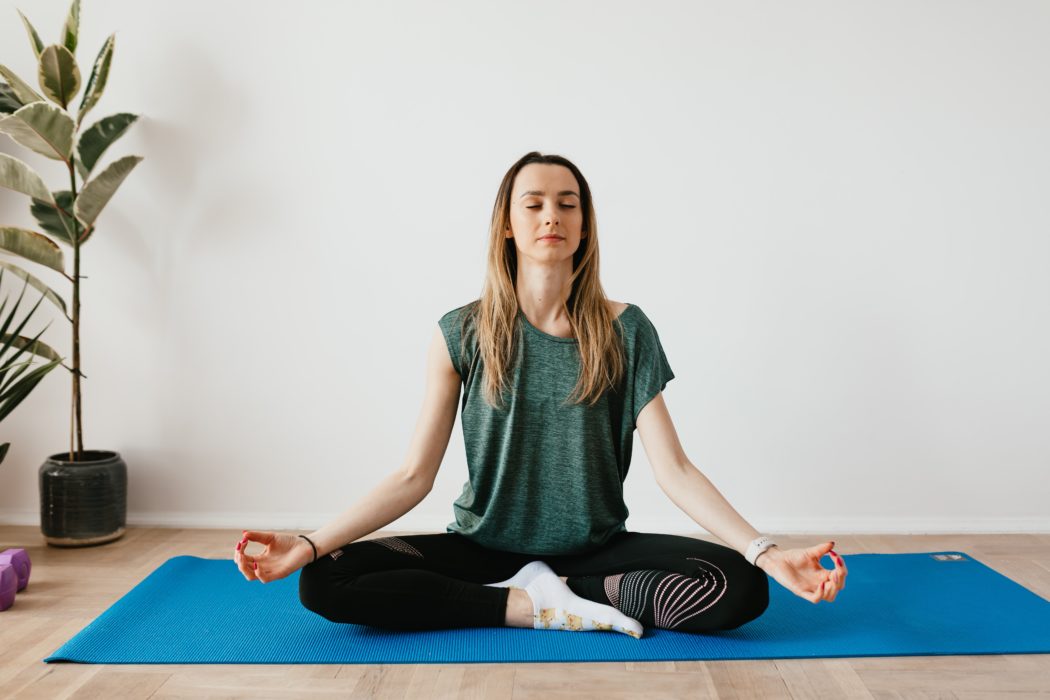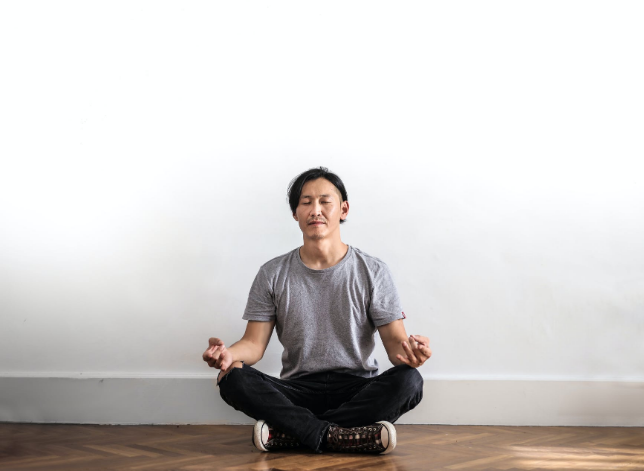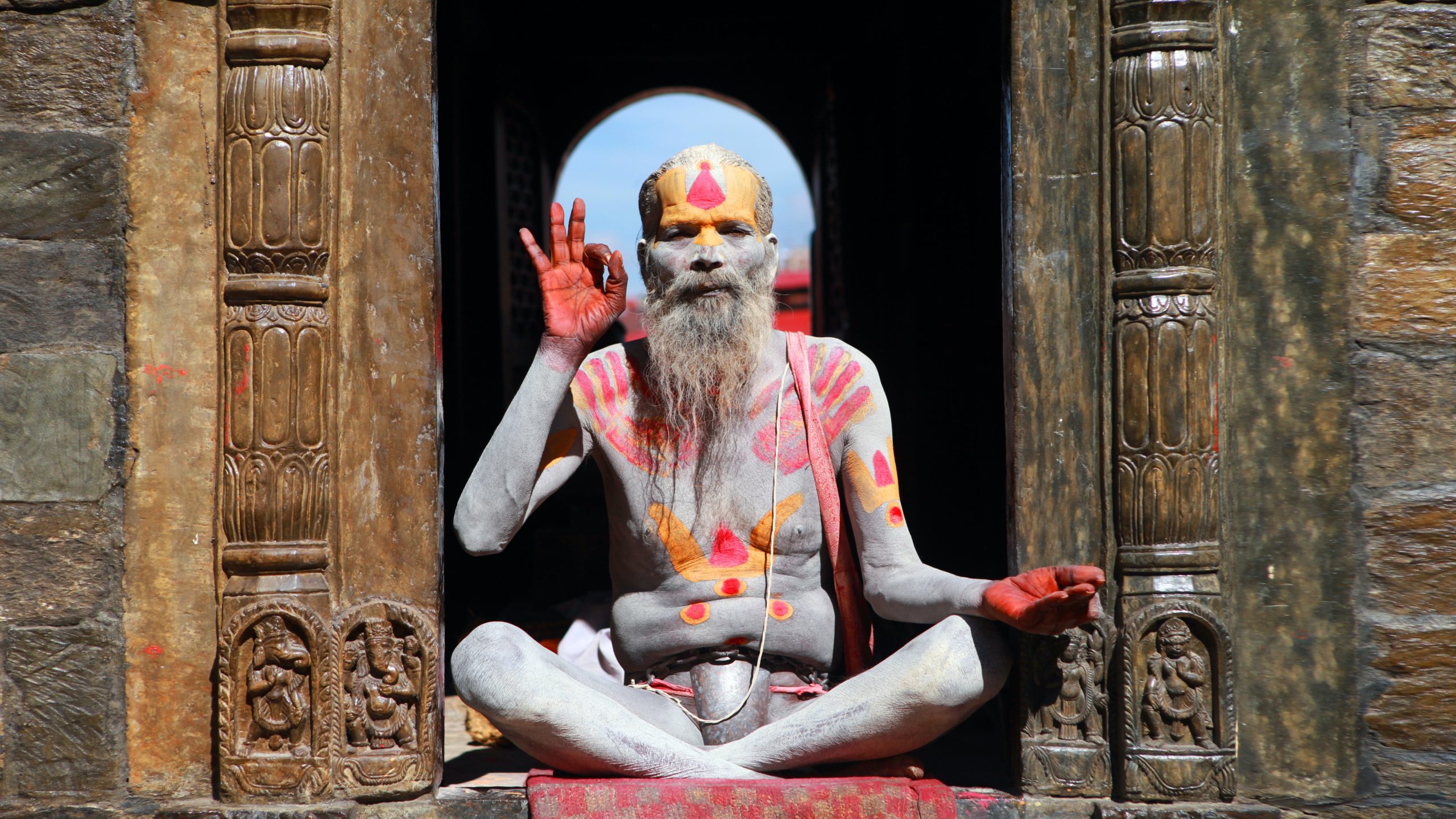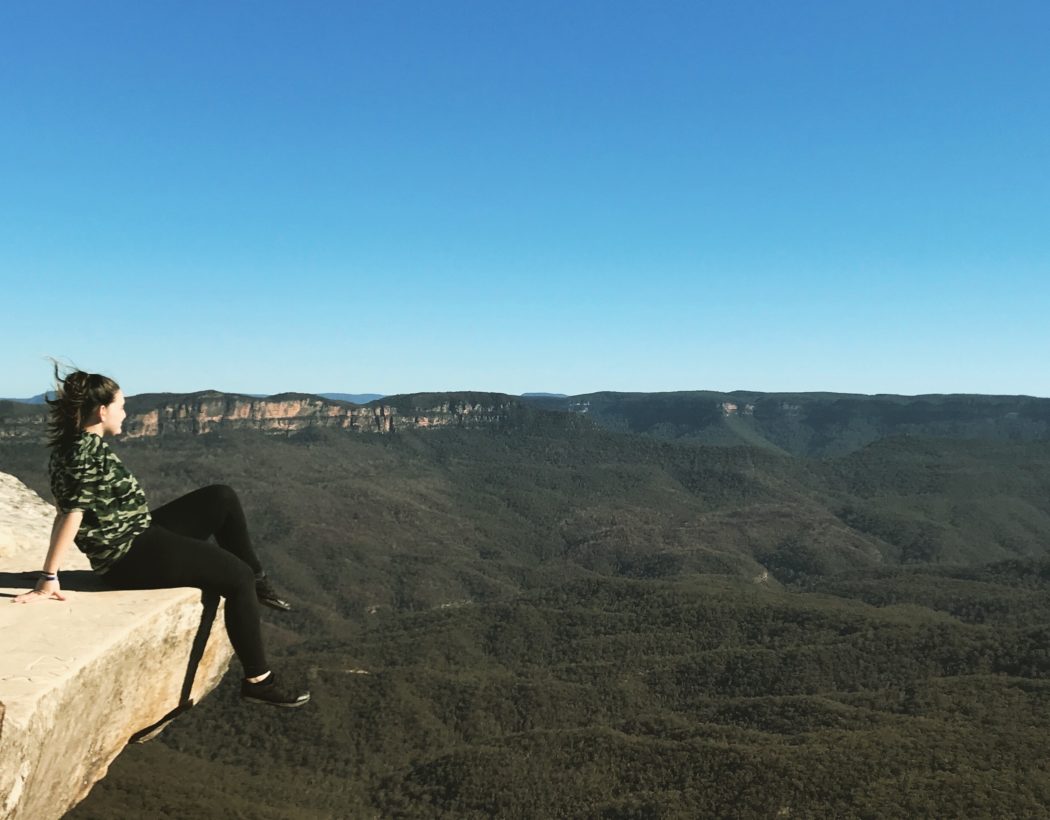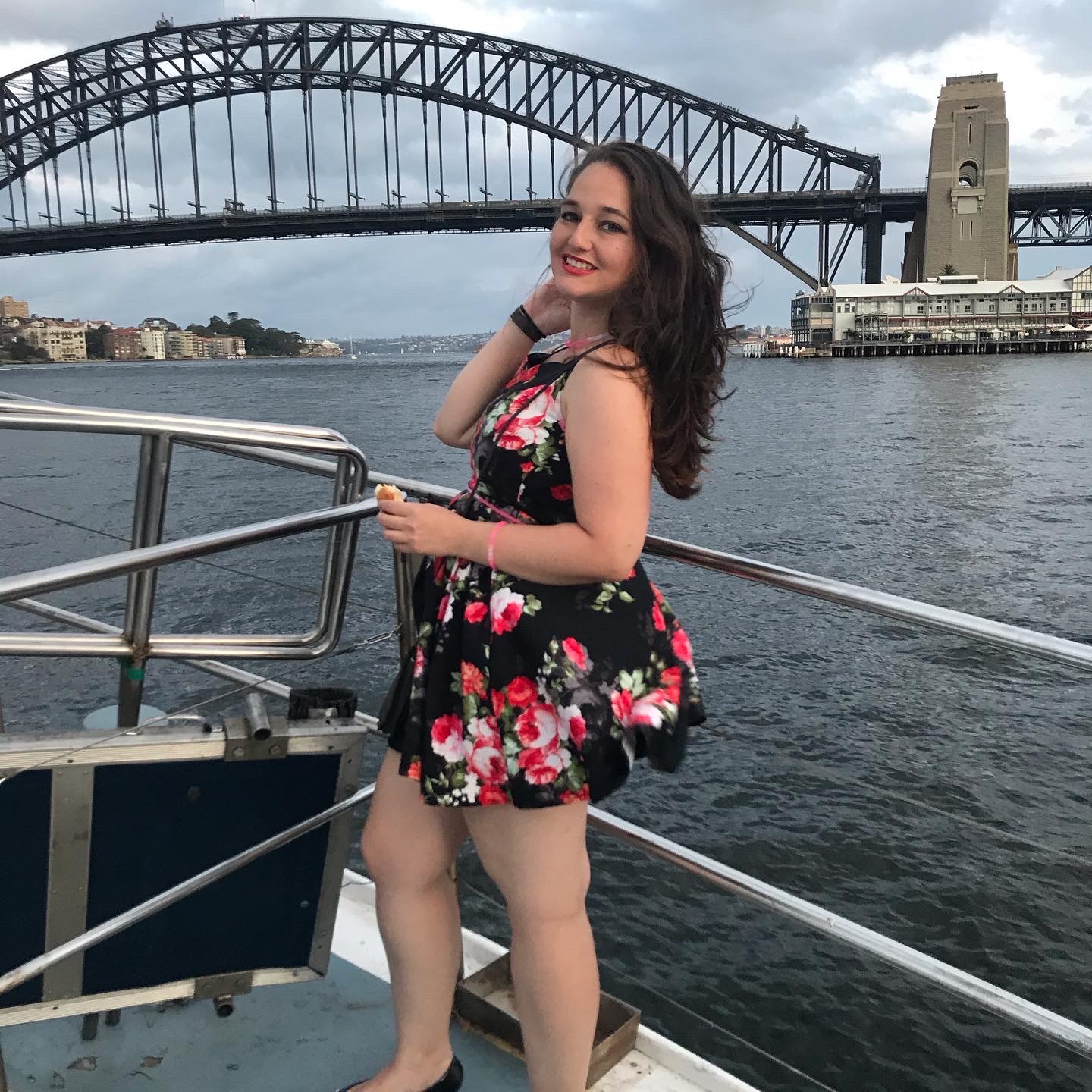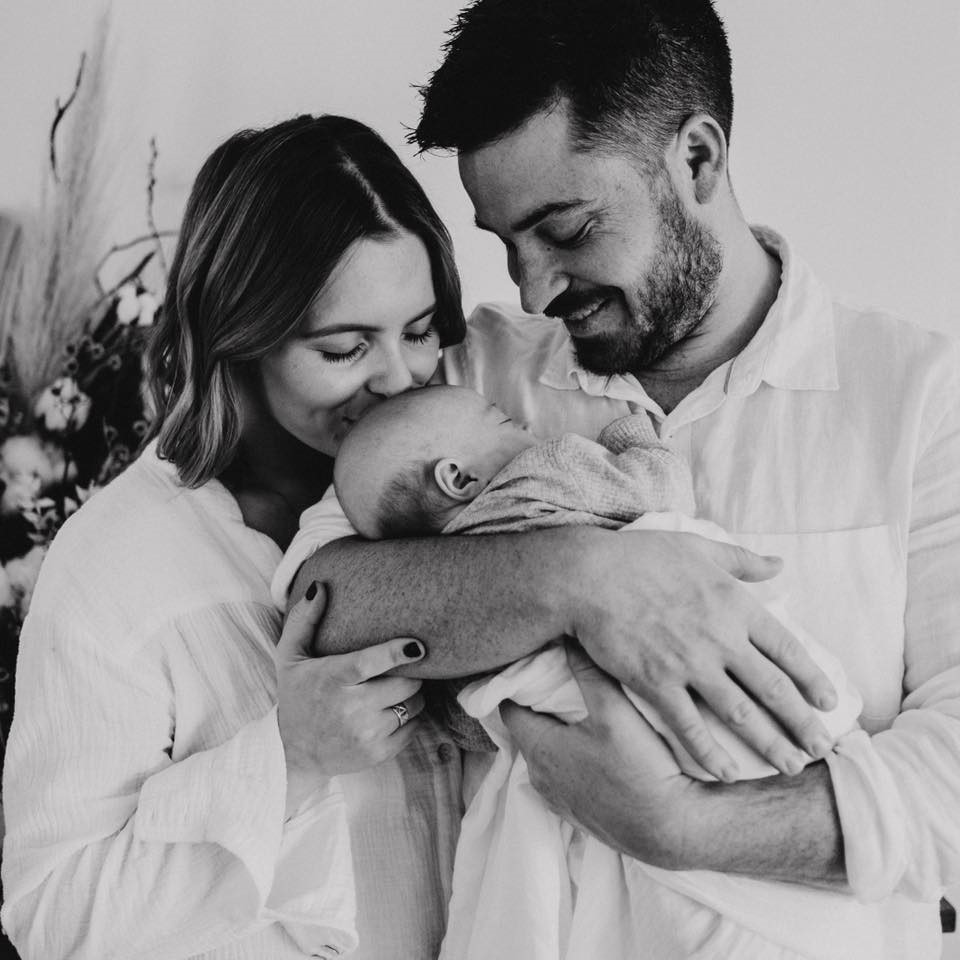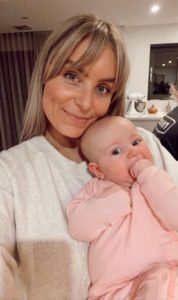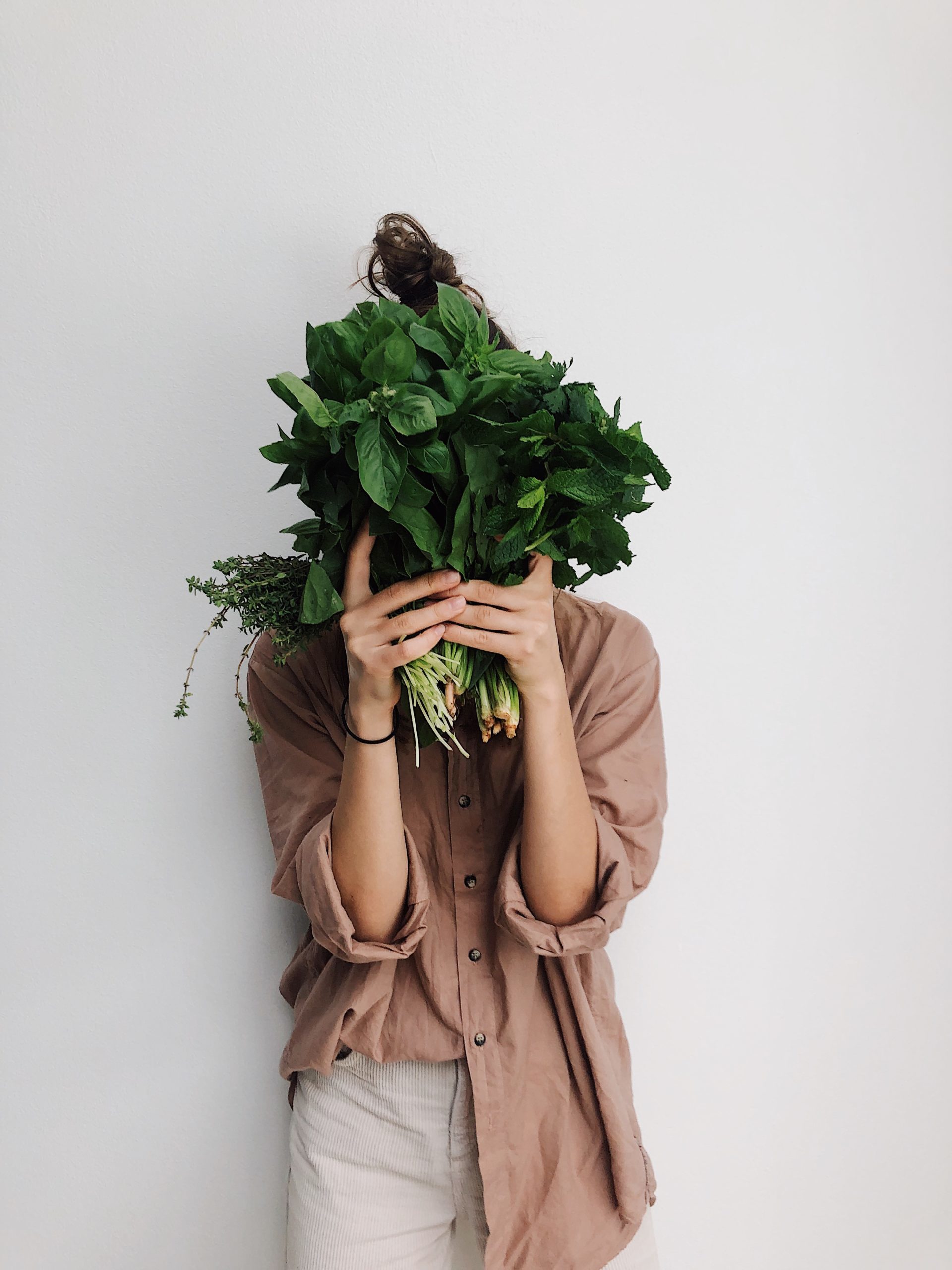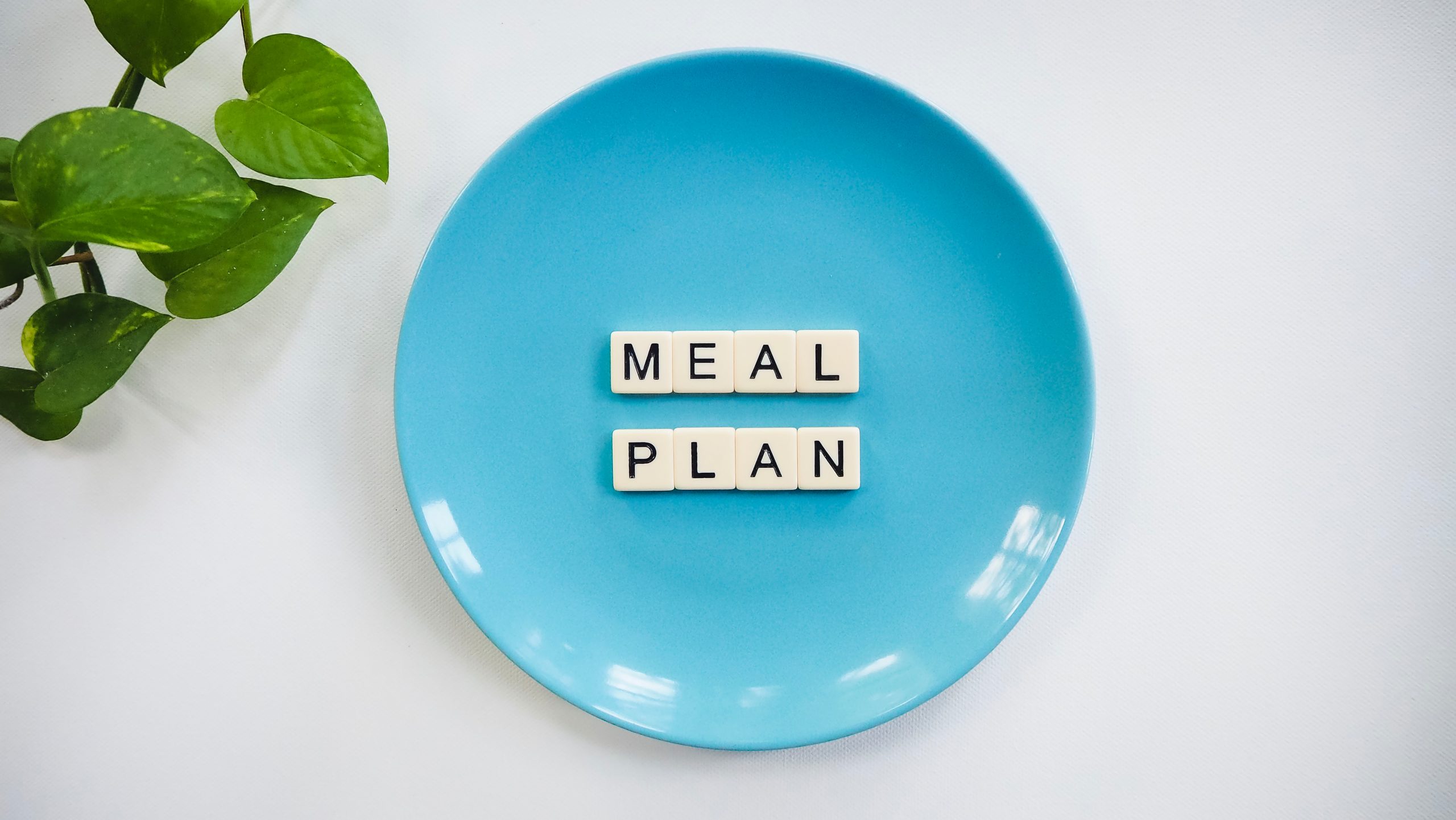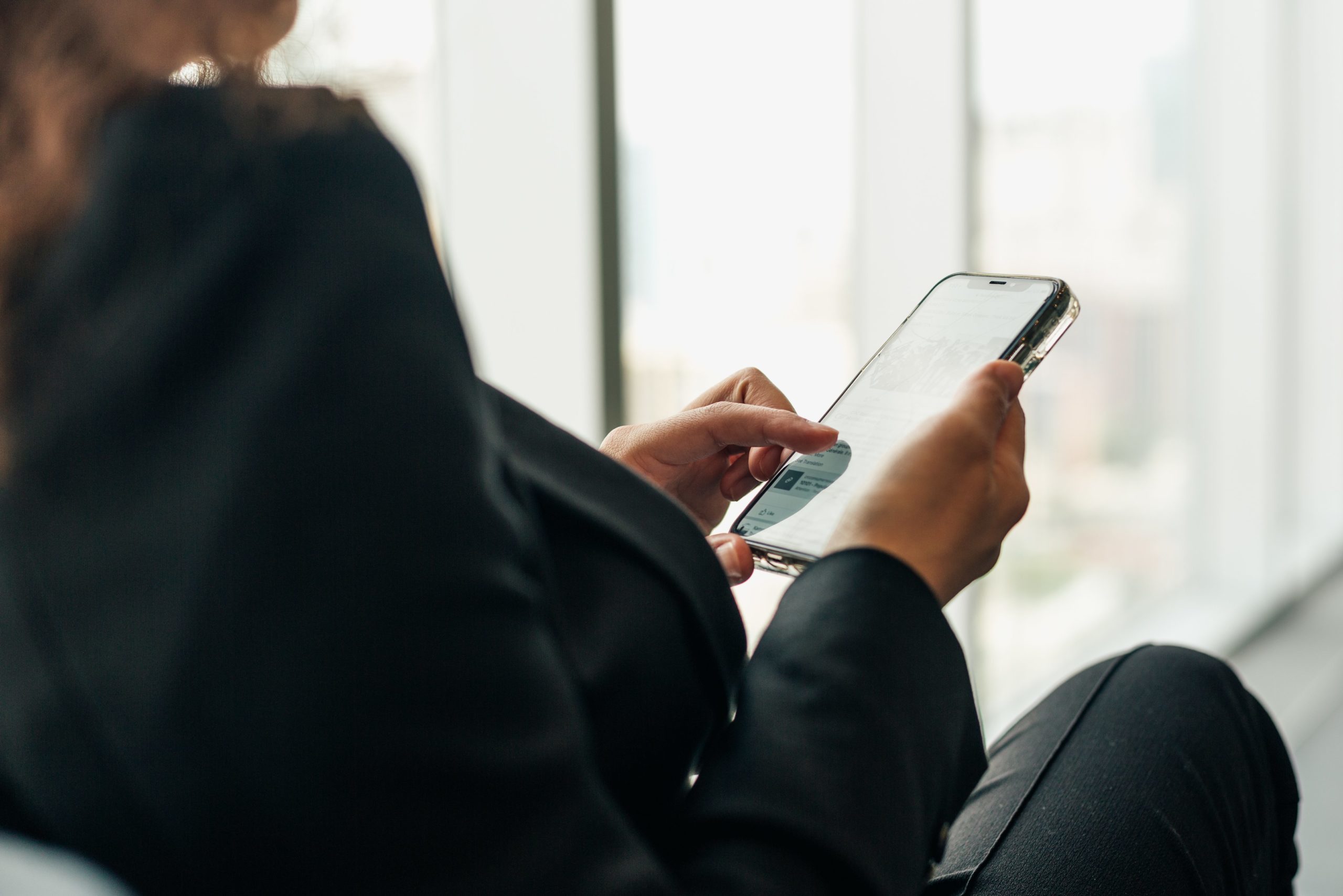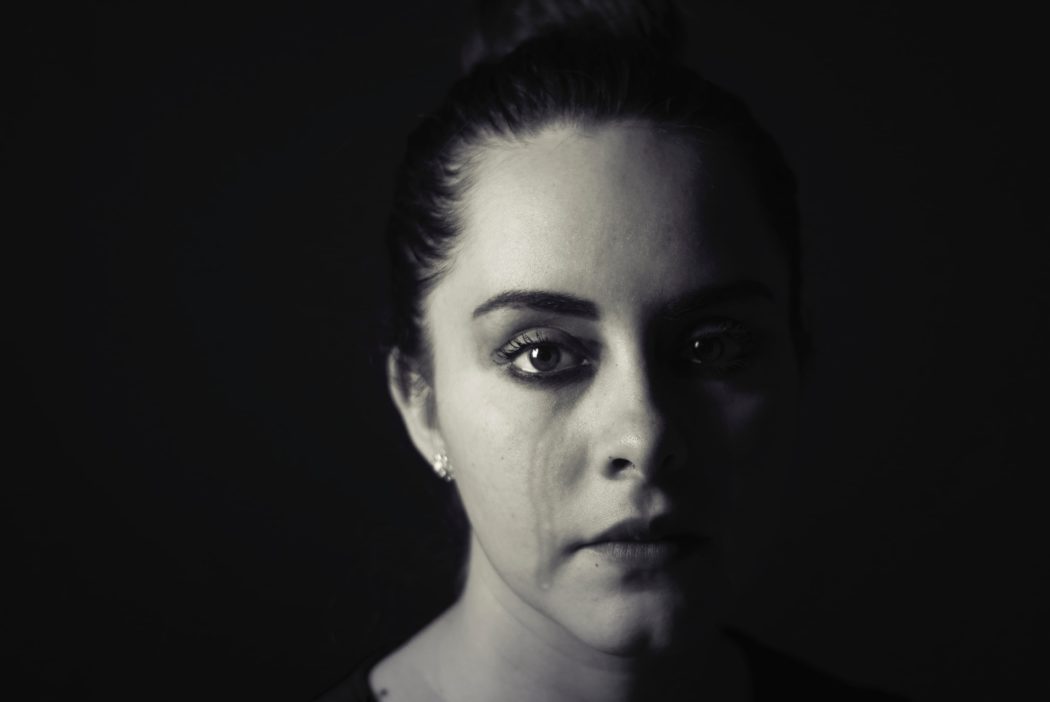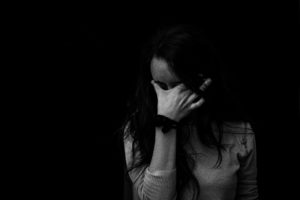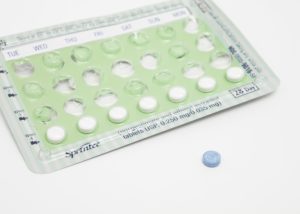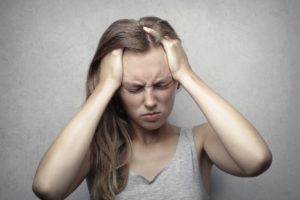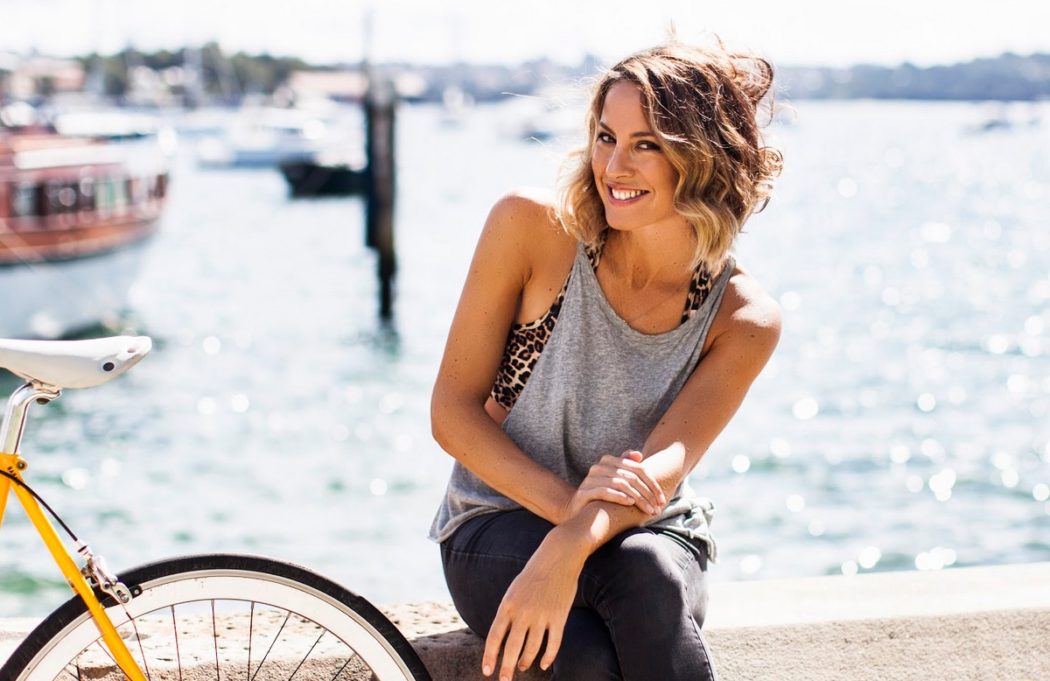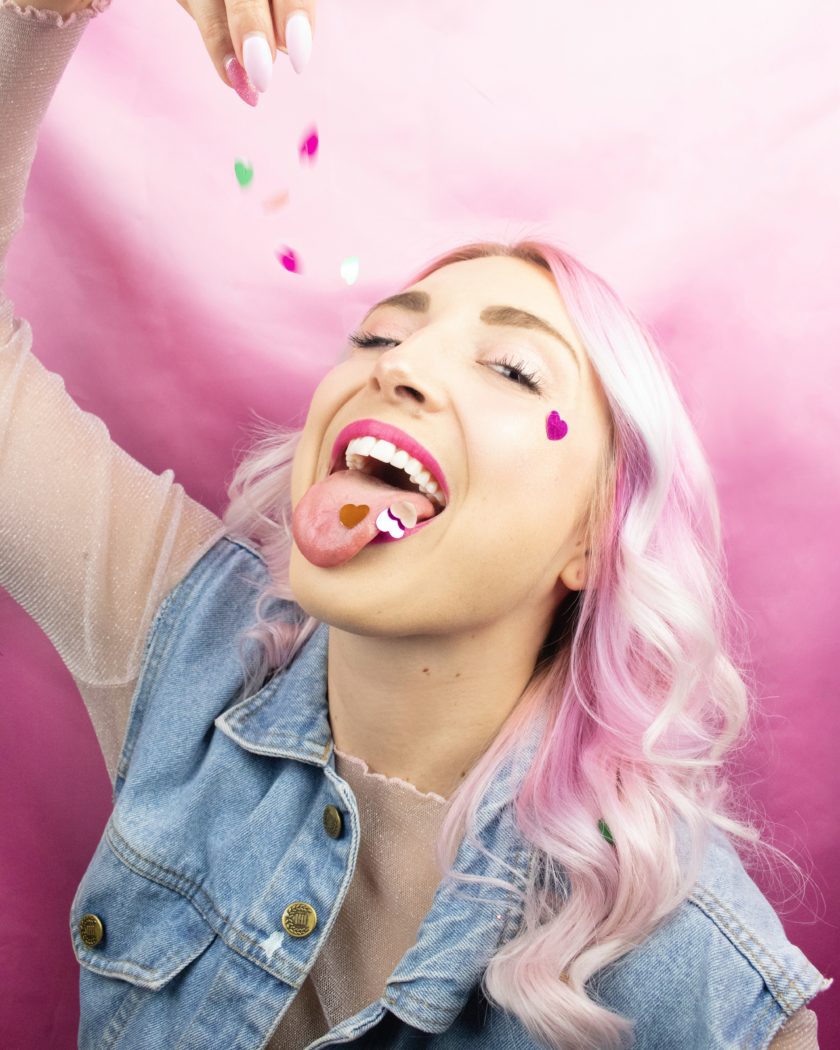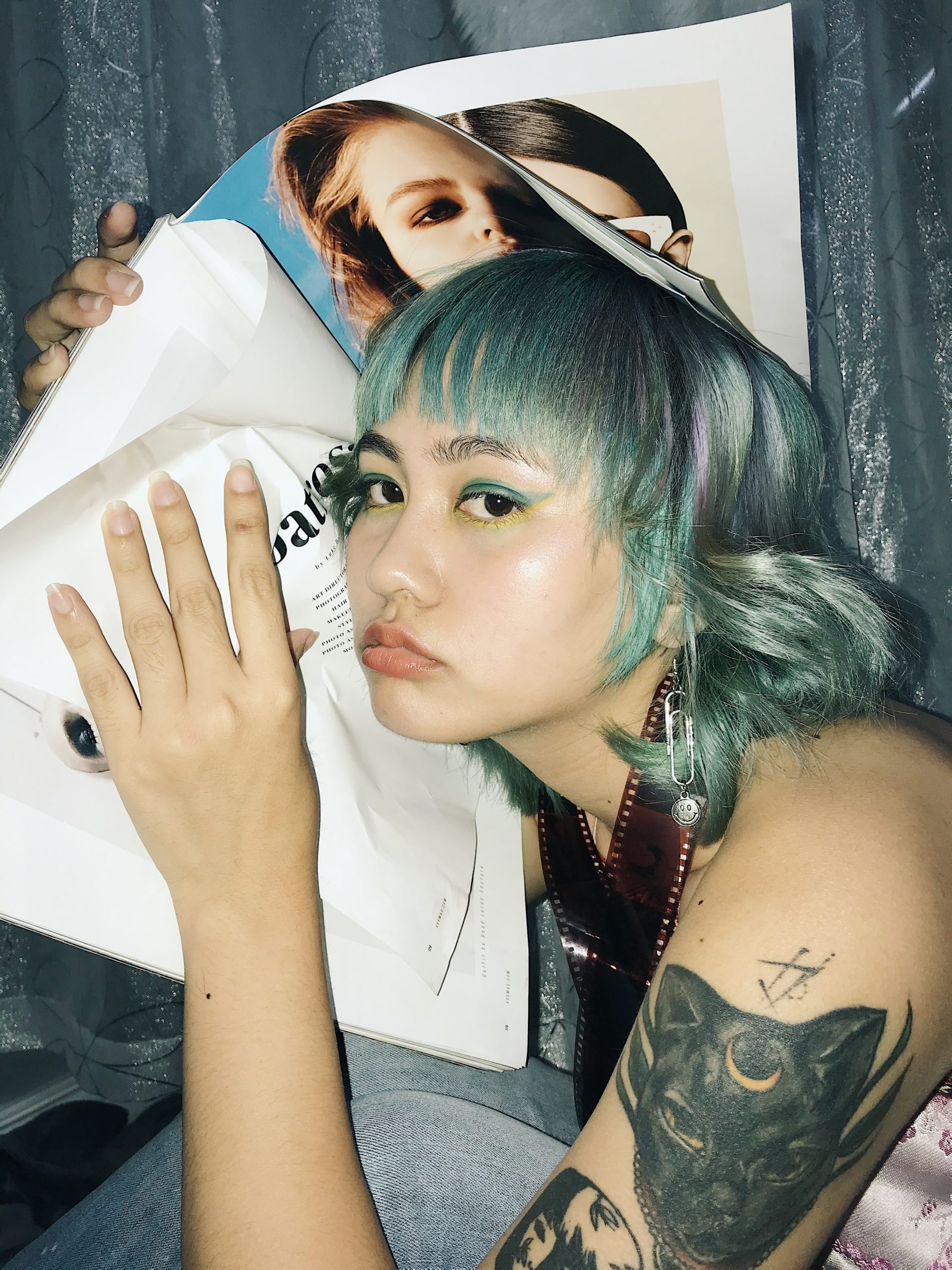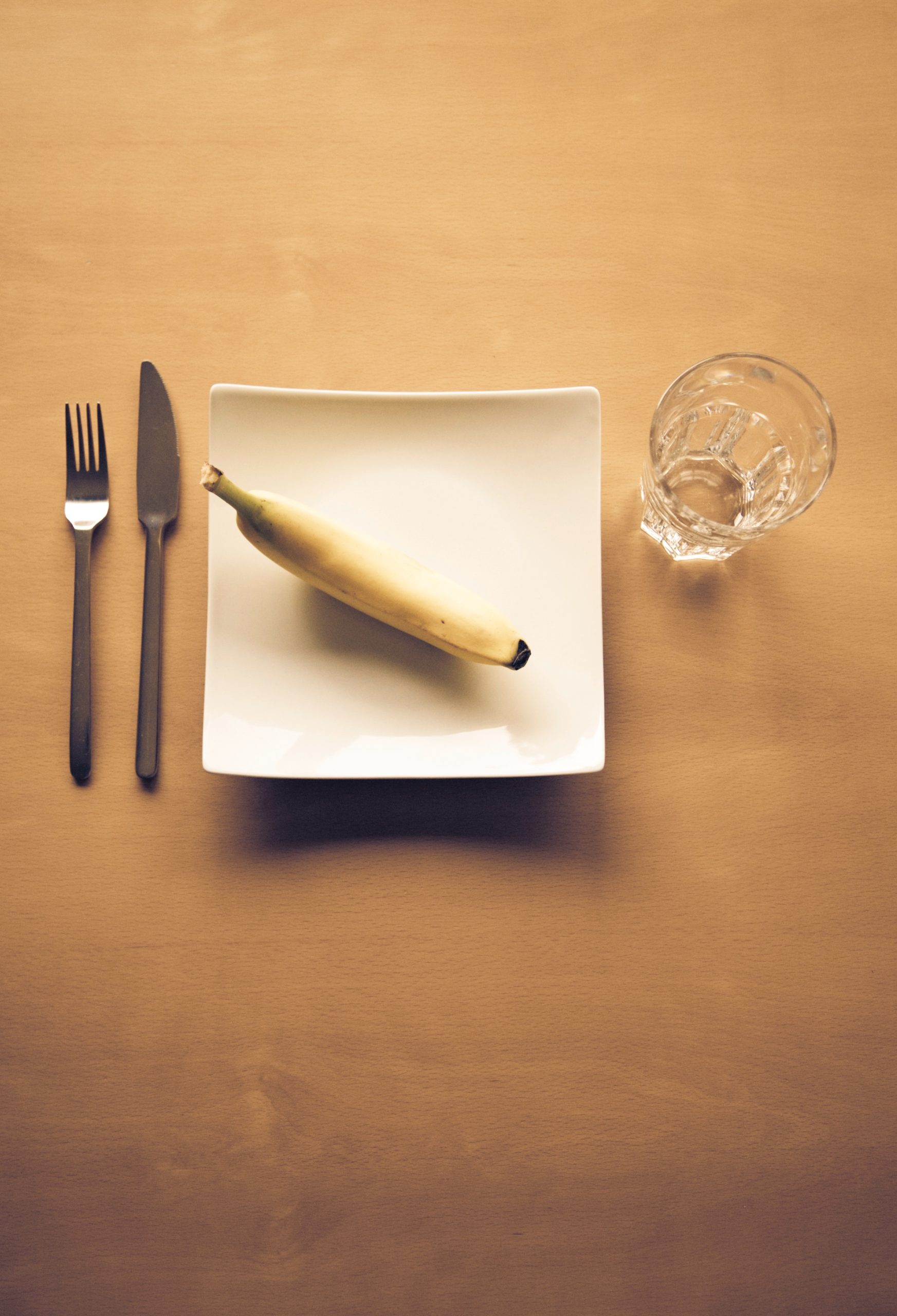While the use of marijuana is largely discouraged within society at large, patients around the world have sworn by the medicinal benefits of one of its central compounds, CBD.
By: Harriet Grayson
“I used to love gardening and weeding, but had to stop, and since taking CBD oil I get outside again.”
After being diagnosed with her second bout of breast cancer, Olivia Newton John described the pain she was experiencing as “excruciating, sleep-depriving, crying out loud pain”. Initially treating her pain with morphine, with the help of CBD oil she was not only able to wean herself off of the morphine but get rid of her pain completely.
Olivia’s story is shared by millions of people around the world, with many claiming CBD oil has been the only medicine to offer them relief. Yet, in spite of its growing popularity, official studies into medicinal marijuana, particularly its individual compounds such as CBD, are few and far between.
What is CBD?
CBD stands for cannabidiol, one of the most common active ingredients in cannabis. However, it doesn’t produce the feeling of being high, which is often associated with consuming cannabis. Instead, it works alongside the cannabinoid that does produce this feeling, THC, which stands for tetrahydrocannabinol.
While THC interacts directly with the body’s cannabinoid receptors, CBD stimulates these receptors so that the body produces its own cannabinoids, known as endocannabinoids. These endocannabinoids help regulate important bodily functions such as sleep, immune system responses and pain.
Because of this, CBD has been increasingly recognised for its medical potential. Not only is it anti-inflammatory, it is also anti-anxiety, anti-epileptic and has anti-oxidant properties. CBD treatments come in many forms, most commonly in oil, but also in creams or as a vapour.

The History of CBD
The heavy stigma surrounding cannabis can make it seem like CBD’s medicinal benefits are only a recent discovery. In fact, they have been acknowledged for centuries. The first documented use of cannabis-derived medicine dates back as early as 2737 BC by Chinese Emperor Cheng Ng.
Since then, CBD has been recognised around the world for its numerous medical benefits. Queen Victoria is said to have used it to treat menstrual cramps during her reign.
While it has been around for centuries, it wasn’t until 1839 through a study done by Irish physician William B. O’Shaughnessy that CBD gained traction in the medical community as a viable treatment. O’Shaughnessy’s study established a variety of possible medical applications for cannabis, but to this day these applications remain largely under the radar.
CBD’s Uses
While worldwide legal restrictions on cannabis have limited research, CBD has become increasingly popular as a natural alternative to prescription medicine for a wide range of conditions. According to a study of CBD users in 2018, some of the most common conditions people use CBD to treat include:
- Chronic pain
- Arthritis or joint pain
- Anxiety and depression
- Sleep disorders
- Migraine
- Post-traumatic stress disorder (PTSD)
- Nausea
- Cancer
- Epilepsy
- Multiple Sclerosis (MS)
- Parkinson’s disease
- Alzheimer’s disease
Treating Pain and Inflammation
One of CBD’s most commonly recognised benefits is its potential as a natural alternative to prescription pain medication, especially in treating chronic pain. A study conducted in 2018 reviewed studies published from 1975 to March that year that included the words cannabis or cannabinoids and pain in their title or abstract. These studies examined using cannabis or its extracted cannabinoids, specifically CBD, to treat a variety of different types of pain, from neuropathic pain and inflammatory pain to chronic pain and the pain produced by cancer. Based on their evaluation, the researchers conducting the 2018 study found that medical cannabis, including CBD, was proven effective in treating chronic pain amongst adults with little to no serious side effects.
While human studies demonstrating the benefits of CBD are limited, stories from patients around the world testify to these benefits. One such patient is Stephanie Wray, a mother-of-two who describes her experience of using CBD oil in an interview with Body and Soul magazine.
Stephanie has suffered from carpal tunnel, insomnia, depression and migraines for over a decade. On top of this, a few years ago she was diagnosed with fibromyalgia, a condition that causes chronic pain all throughout the body, and bursitis, a condition that causes extreme pain in both her shoulders.
Since being diagnosed with fibromyalgia and bursitis, Stephanie’s pain soon became debilitating. She felt exhausted, unable even to do the most simple day-to-day tasks around the house. She was taking “Nurofen, Panadol and Endone and antidepressants” but none gave her enough relief to “just…live.”
Her doctor eventually referred her to Cannabis Doctors Australia, an organisation that helps connect patients like Stephanie with licensed doctors who can provide patients with medicinal cannabis. After a month, Stephanie was given CBD oil that she takes as droplets on her tongue twice a day.
Since then, she has stopped taking all of her other medication and antidepressants. She now has energy she never had to “do jobs around the house” and “get outside again.” She is still taking it “day to day”, but having access to medicinal cannabis has made her feel “more positive about the future.”

Accessing CBD oil in Australia
In Australia, you can only access any form of medicinal cannabis, including any CBD treatment, with a doctor’s prescription, and only doctors are able to access them on behalf of their patients.
Any general practitioner, or GP, can prescribe medicinal cannabis, but they must first demonstrate that it is the appropriate treatment for the patient’s condition and they have the right to refuse access if they decide another treatment is safer or more effective.
While it is legally accessible, many users are often unaware of these requirements. According to the Australian Institute of Health and Welfare, of the 60,000 Australians currently self-medicating with cannabis, only 30,000 are doing so legally. Even if patients are able to access CBD legally, it can be incredibly expensive, costing an average of ten to thirteen dollars a day.
Potential Risks of Using CBD
While it has helped thousands of patients such as Stephanie, much like any prescription medicine taking CBD is not without its share of risks. The greatest concern for users is that CBD can potentially interact with other medications such as blood thinners, heart medication and immunosuppressants in ways that can potentially change the levels of these medications in the blood. And unfortunately, due to worldwide legal restrictions on cannabis, there is a considerable lack of evidence from human studies on CBD’s effects on the body.
Always discuss with your doctor before trying CBD oil as a treatment for any medical condition.



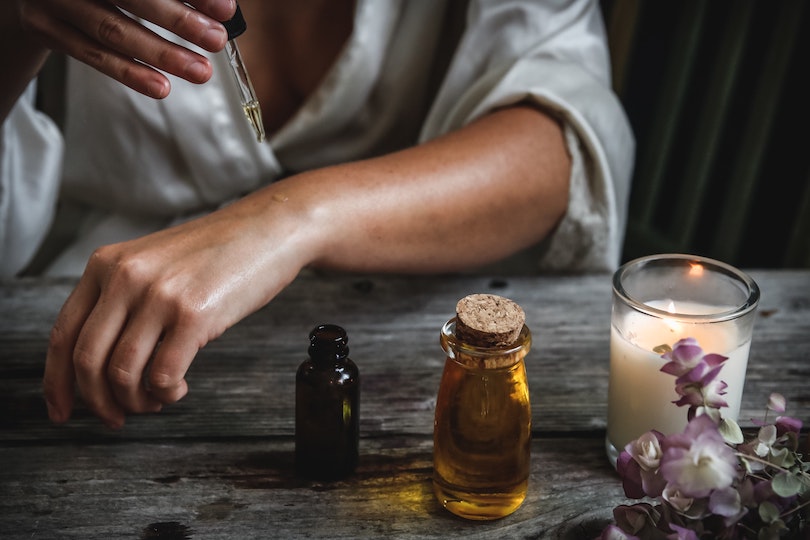
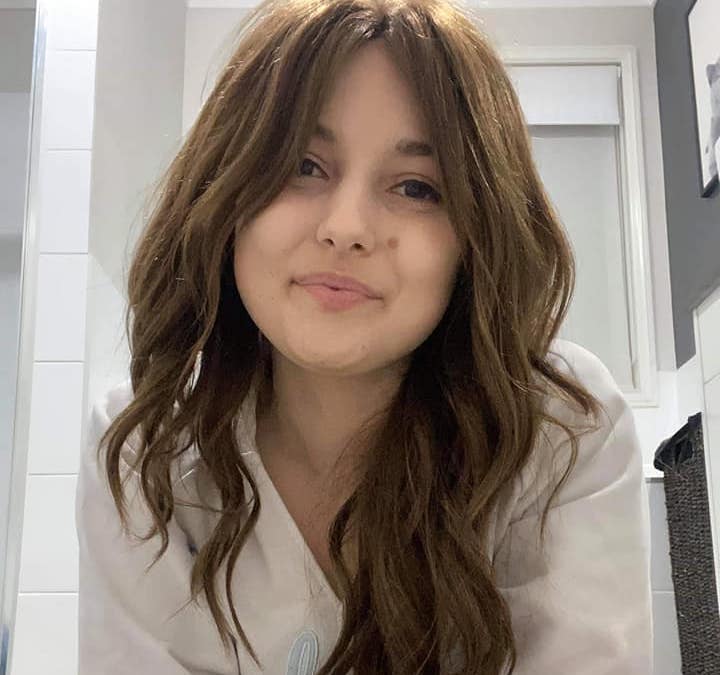

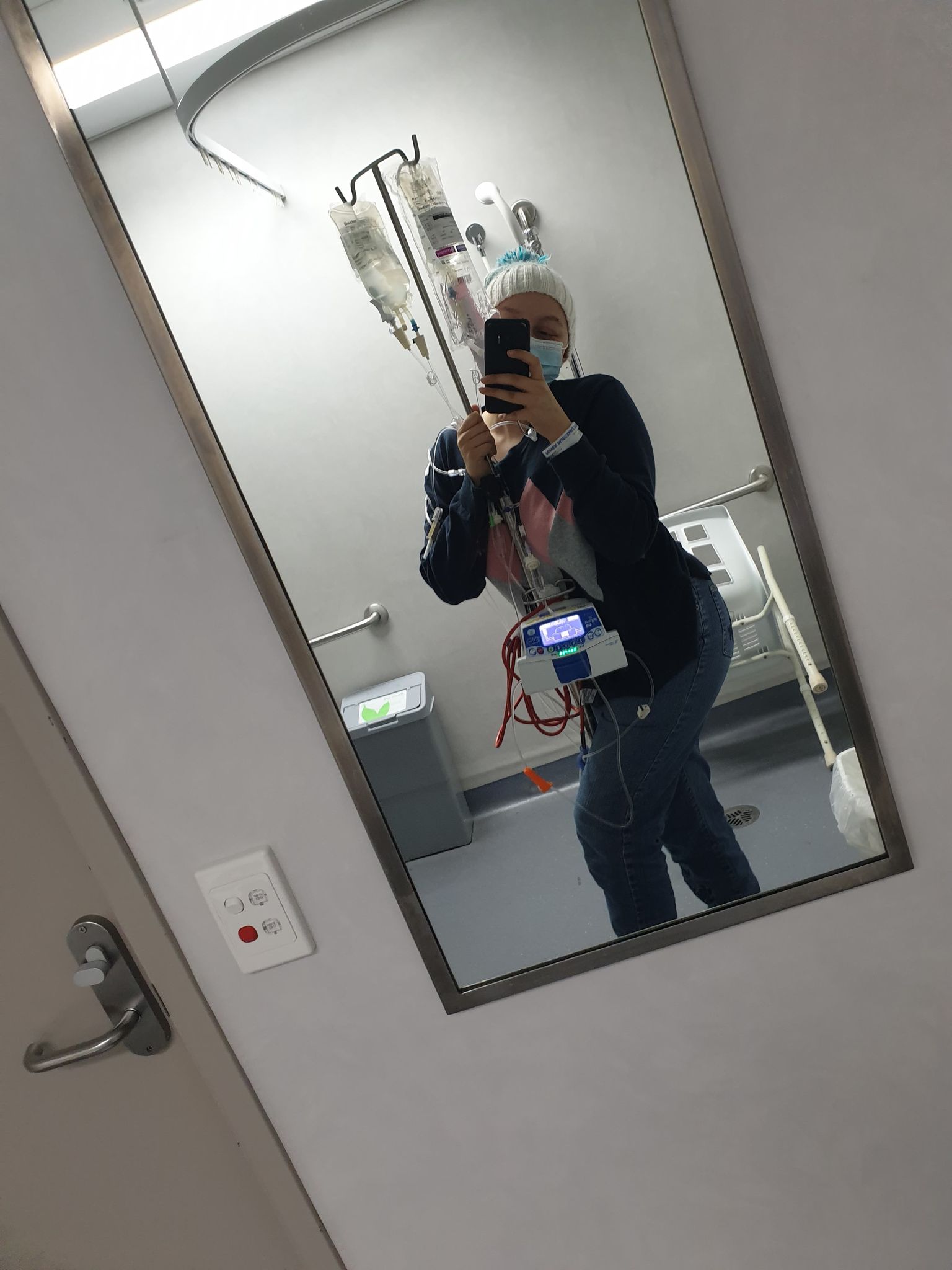 Whilst we sat eating Emili could not stop talking about the love that continues to grow for her family in which her strength stemmed.
Whilst we sat eating Emili could not stop talking about the love that continues to grow for her family in which her strength stemmed.